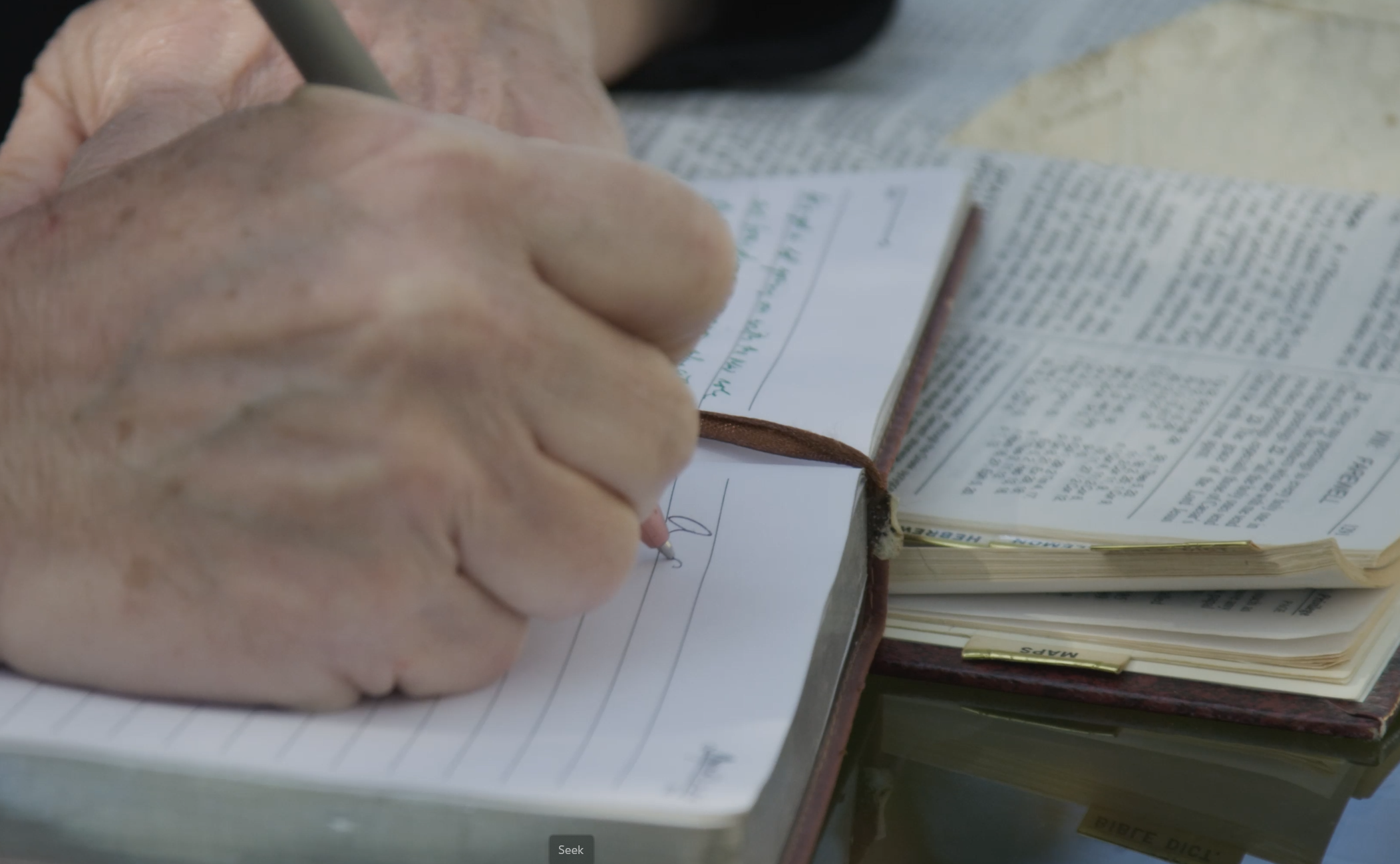The Rule of St. Benedict
As you discern how to become a monk, you’ll undoubtedly see repeated references to The Rule of St. Benedict. Also referred to as The Rule, it was written by St. Benedict around 516 and continues to be the foundational text of the Benedictine order today. And of course, that includes the monks here at our monastery in Illinois.
The Rule of St. Benedict outlines the lives of monks under the authority of an abbot, establishing a monk’s prayer, work, and community as key values. It is in The Rule that Benedictines derive their practice of ora et labora, prayer and work. Despite being a foundational writing for monastic tradition, its influence can be seen throughout Christianity as a whole.
The Rule and its history
St. Benedict’s writing was hardly the first published rule. Beginning in the 4th century, the monastic movement began producing rules, which gave an outline for a whole range of monastic lifestyles. Each rule built on previous writings, with no single author claiming to be the original or a definitive text.
Despite spanning 73 chapters of teachings, The Rule of Monasteries—as it was first known—is relatively brief. Many of these chapters are just a few sentences long. Its concise writing emphasizes clarity and practicality. Similarly, St. Benedict took a moderate approach to his teachings compared to some of the previous rules. Rather than preaching extreme practices, he promoted a balanced lifestyle that combined prayer, work, and rest.
Pope St. Gregory the Great (d. 604 C.E.) was a supporter of monasticism—and of St. Benedict, in particular. In the late 6th century, Gregory wrote a book entitled Dialogues. Made of four parts—called books—Dialogues depicts the holy lives of Italian saints by describing the miracles associated with each one. The entirety of book two describes St. Benedict, relaying a few biographical details along with Benedict’s spiritual journey. St. Gregory the Great praised The Rule as “remarkable for its discretion and its elegant language.”
It was in the 9th and 10th centuries that Charlemagne encountered the text and began to promote it as the preeminent monastic guideline throughout his Empire. The use of The Rule of St. Benedict even spread to England where it influenced such monks as Saint Bede (d. 735 C.E.). Throughout the Middle Ages, monasteries that followed The Rule of St. Benedict became centers of learning, culture and stability. For men like you asking themselves, “how do I become a monk,” it served as a powerful summation of the monastic life.
Key teachings and how to become a monk
Anyone familiar with the Benedictine order will see its key values outline in The Rule of St. Benedict. Prayer, established here as ora, is prescribed through the daily communal prayer of Divine Office. Communal monks’ prayer is the rhythm central to monk’s daily life. Lectio Divina is explained as the personal prayer and engagement with the scriptures to deepen one’s relationship with God.
Work, or labora, is explained as manual labor that coexists with spiritual duties. In essence, monks are called to imitate Christ in serving their community and working with their hands.
True to The Rule’s theme of moderation, ora and labora are paired together to emphasize a balance in both prayer and work. Both are given a proper place, but fall short of engaging in extremes.
Go deeper into monastic values here.
One of the most notable lessons from The Rule of St. Benedict is its emphasis on community and living together harmoniously. This has resonated with those throughout our history who have sought a spiritual life in a communal setting—including our monastery in Illinois. In its advocation of community, The Rule underscores the importance of obedience, humility, and mutual support. While written for a specific monastic community in Italy, these teachings are intended to be highly adaptable and can apply across regions and cultures.
Get know Saint Bede Abbey’s community.
St. Benedict similarly promoted hospitality as a value in The Rule. Again, his intention was to imitate Christ, especially in caring for the poor. Today, we see this expressed in the Benedictines’ openness to travelers or retreatants.
By centering The Rule around moderation, St. Benedict includes important values that continue to guide the monastic order. The Twelve Degrees of Humility are steps that inform reverence for God. In these teachings, humility is established as essential for both personal spiritual progress as well as communal harmony. They culminate in the notion that perfect love casts out fear.
Discipline exists in The Rule of St. Benedict not as a punishment. Rather, it is a means of pursuing spiritual growth and restoration. Discipline can be seen in The Rule as a provisional response to straying from a community’s standards.
Additionally, The Rule places a high value on silence to promote contemplation and spiritual focus. For example, monks refrain from unnecessary speech, especially at night. This maintains an atmosphere of both peace and reflection.
Many men like you have sought out The Rule of St. Benedict to fulfill a desire for a deeper spiritual life and community. They continue that journey by understanding how to become a monk. As you seek further discernment, we encourage you to learn more about the community at Saint Bede Abbey and what your life can be like as a member of our order.


